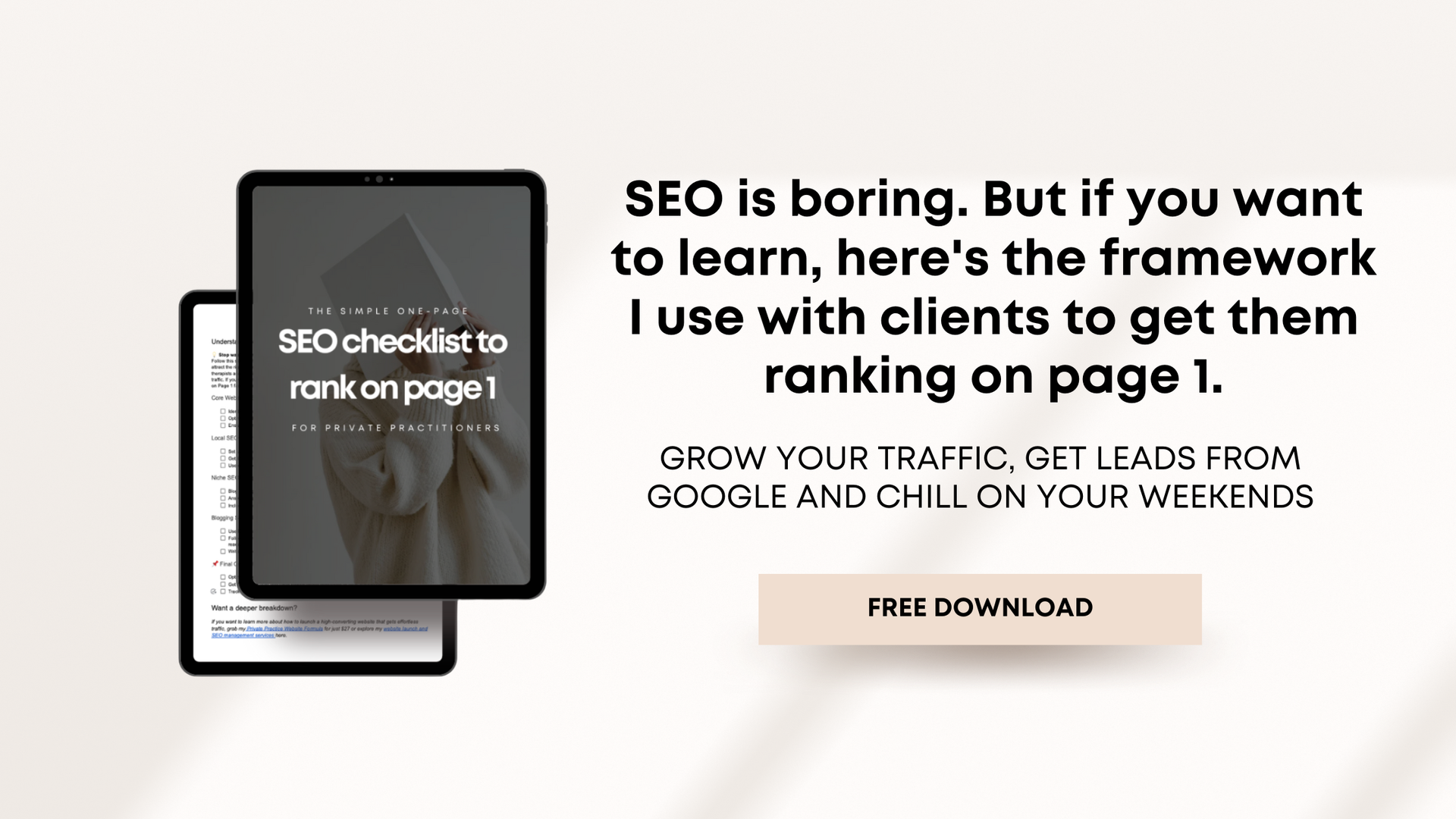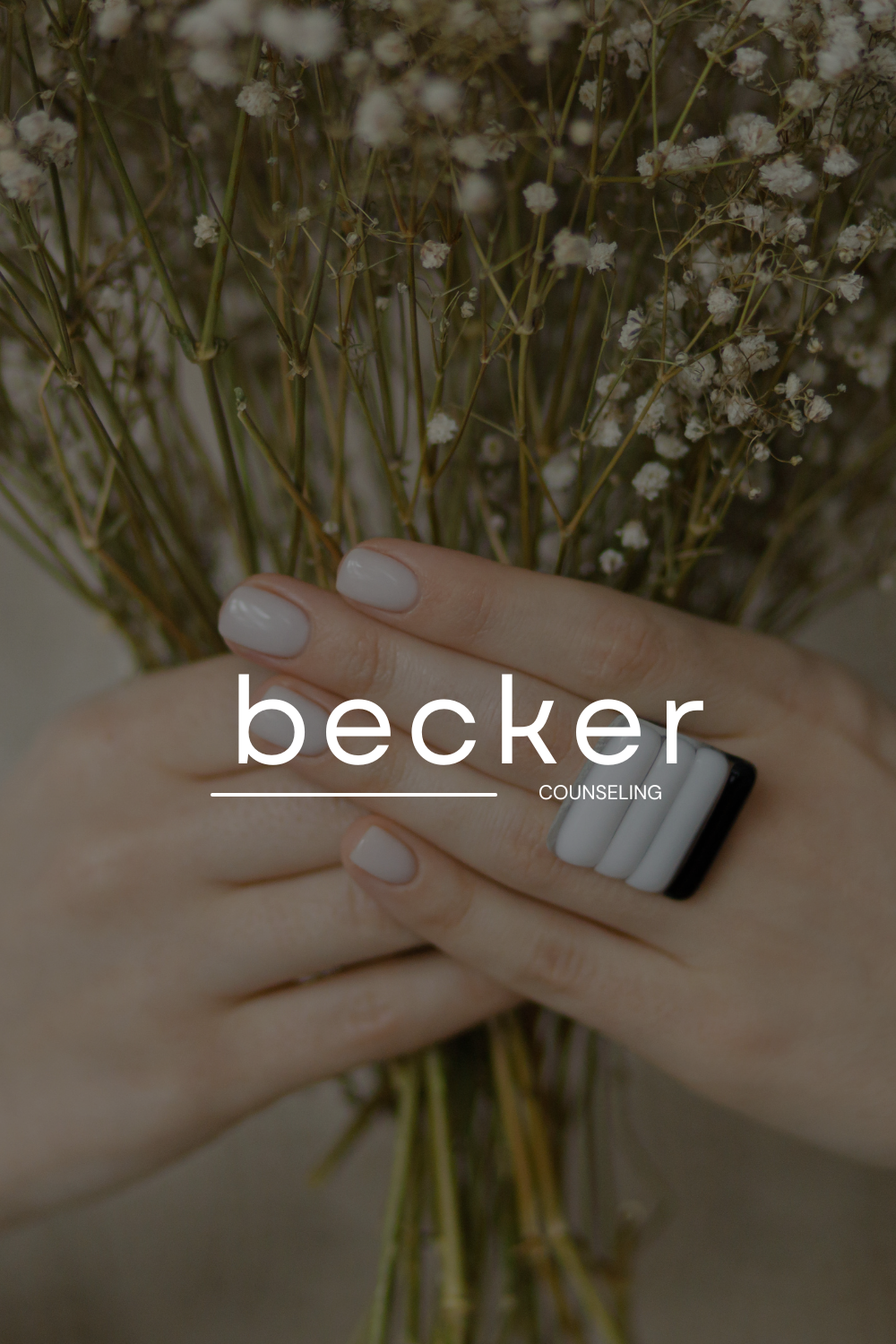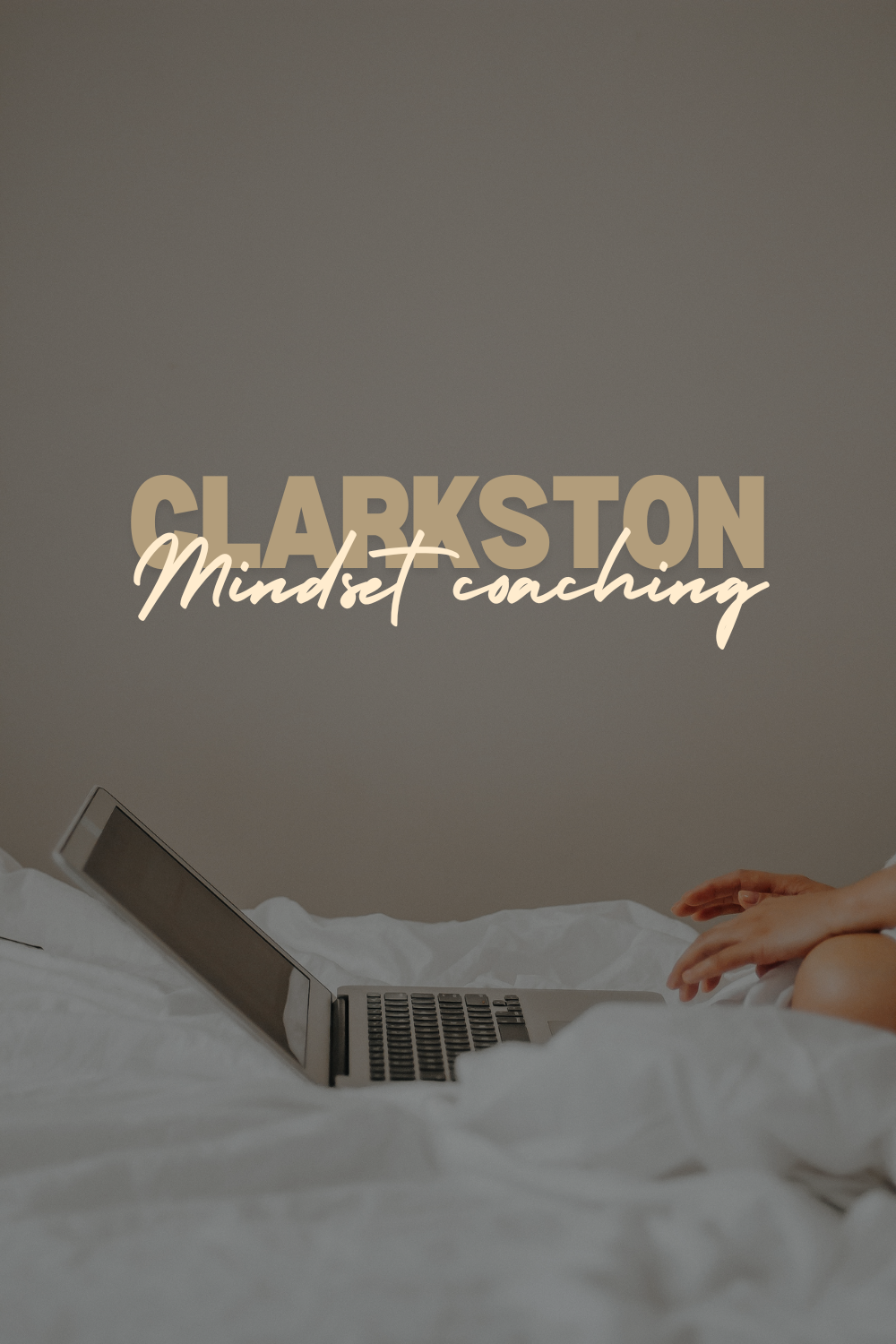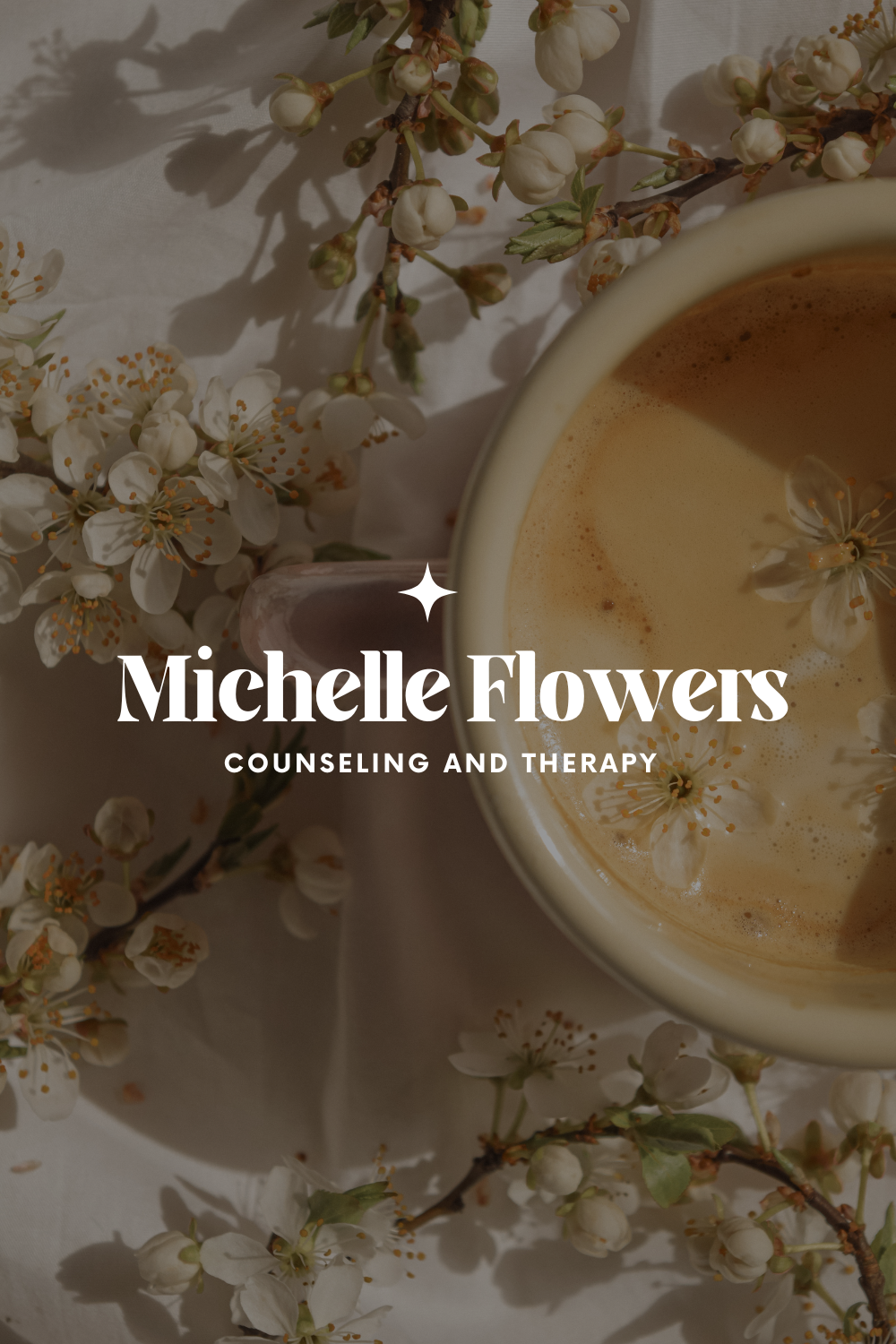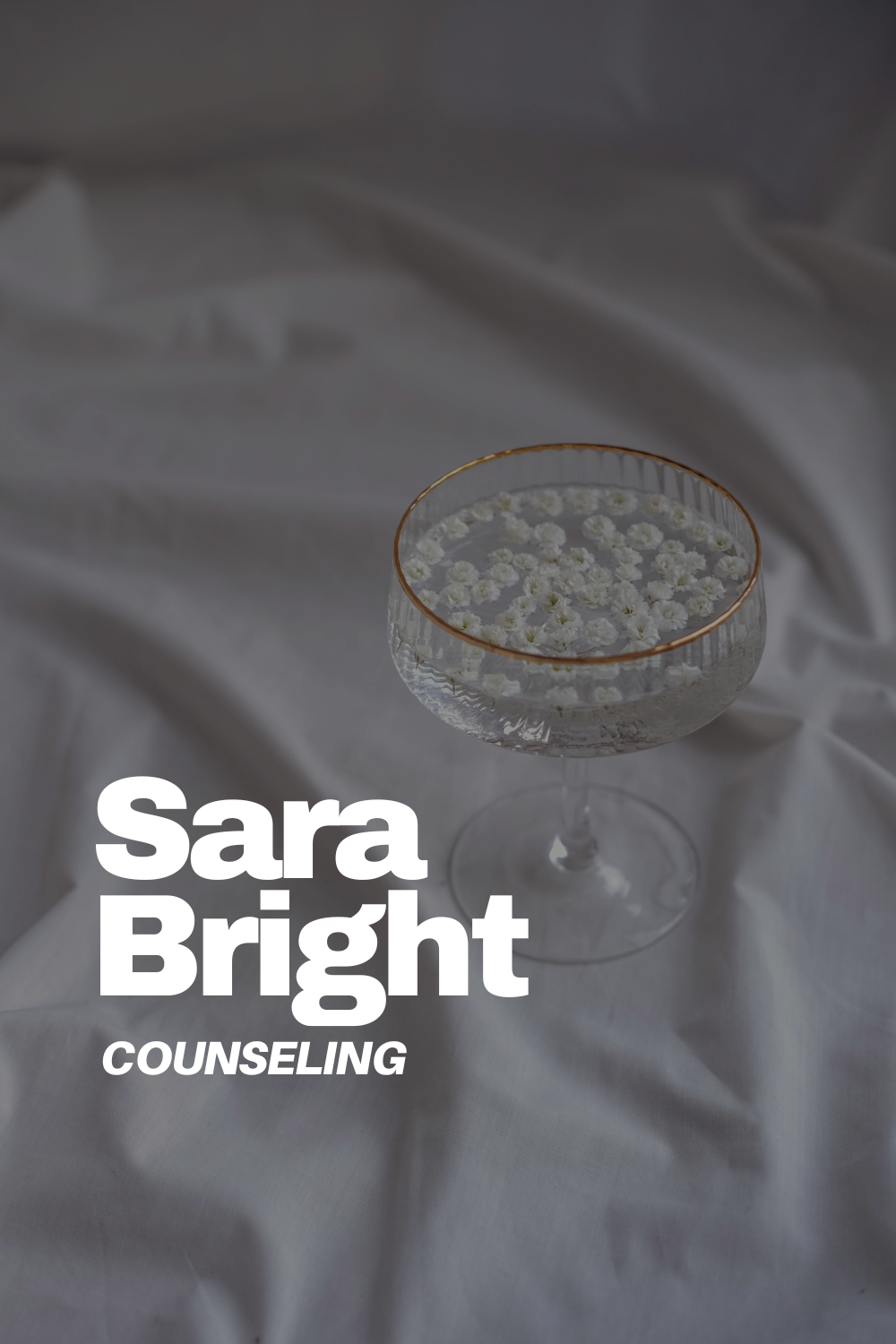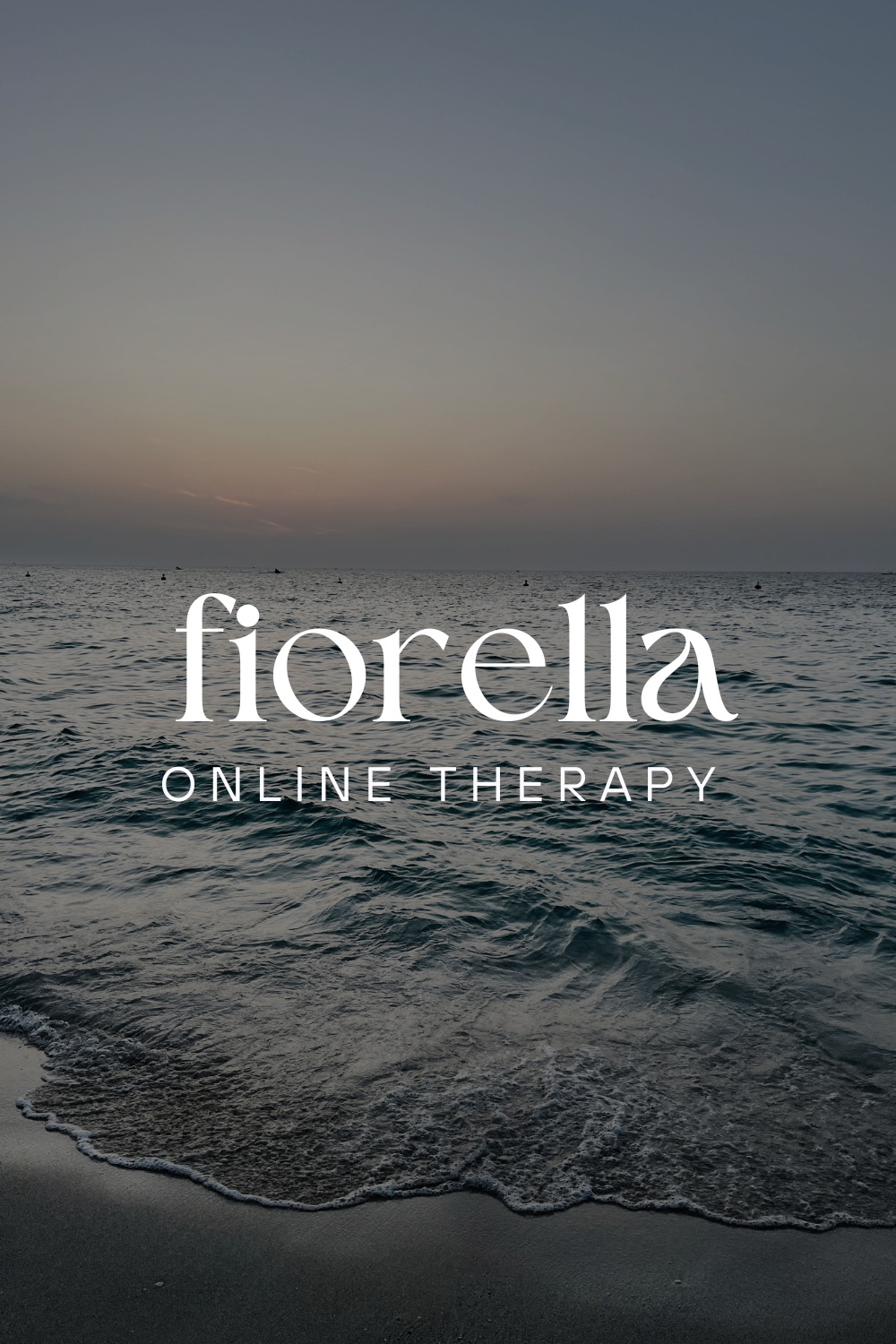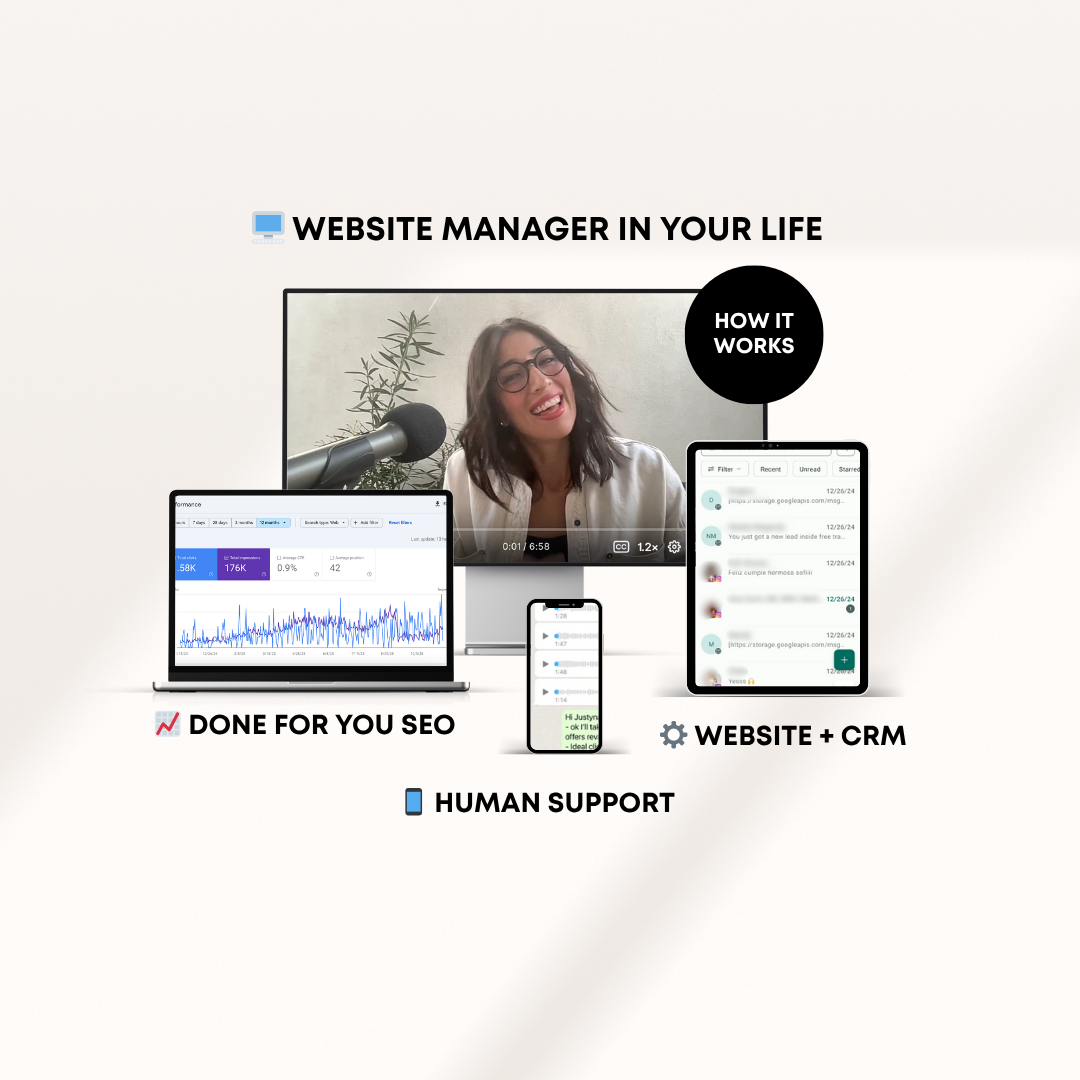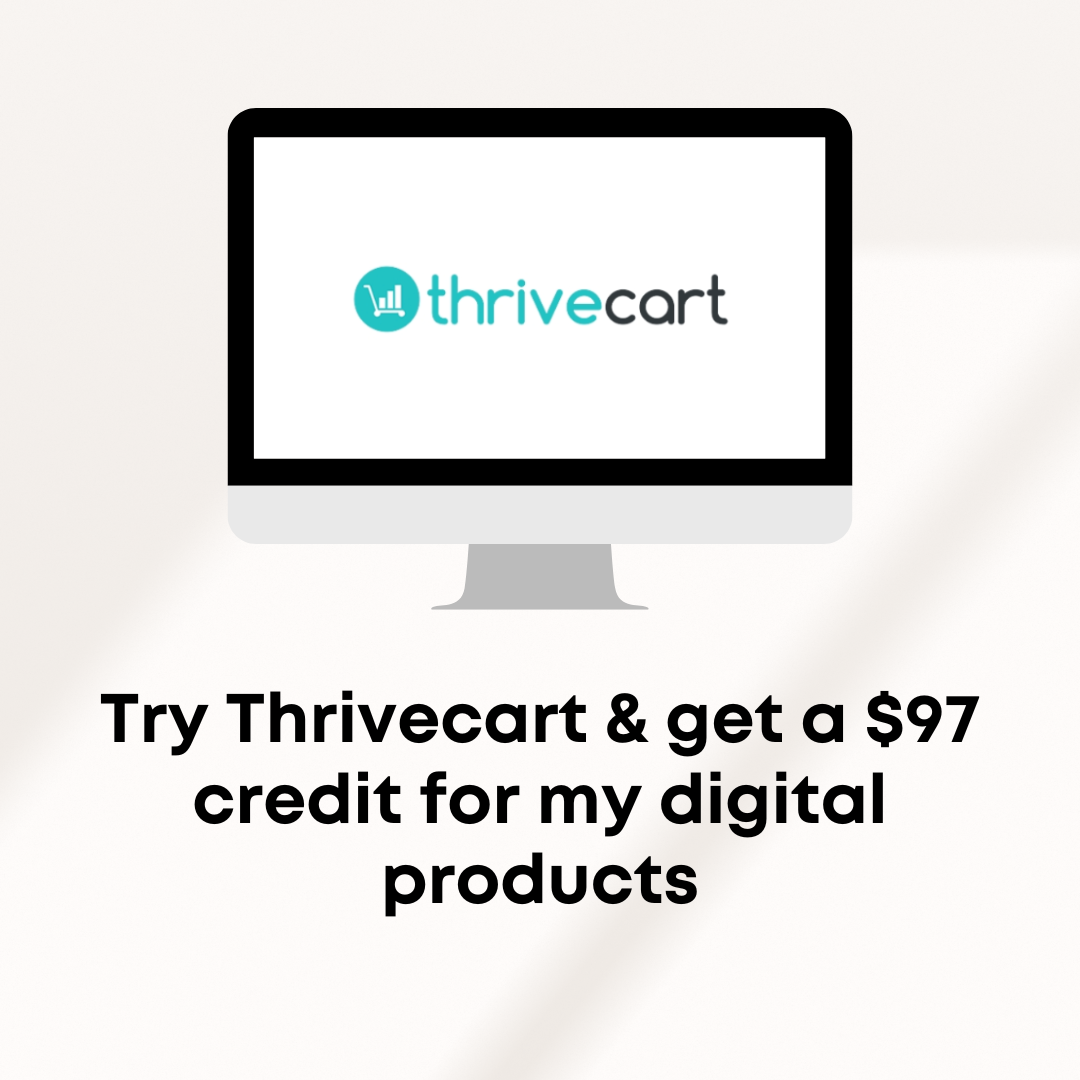20 therapist and counseling modern logo ideas
As mental health professionals you may often dream of starting your own private practice. But where do you even begin with branding? How can you effectively market your therapy services? And most importantly, how can you stand out in a crowded market?
Hey there! If we haven't met before, I'm Natalia Maganda, and I specialize in helping ambitious life coaches, therapists, and holistic leaders amplify their magic, gain visibility, and simplify their marketing efforts through strategic web design for mental health professionals . Today, I want to talk to you about the importance of having a strong therapist logo and branding strategy that truly reflects who you are as a professional.
In this blog post, I will guide you through the process of building your private practice brand from scratch. We'll explore the key elements that should be communicated in your branding, discuss how to get started with designing a logo (even if you're not a designer), and uncover the secrets to standing out among your competitors.
What makes a good logo and brand strategy for therapists?
Building a successful brand as a therapist involves more than just a fancy logo. It's about creating an identity that resonates with your target audience. Your logo should reflect professionalism, trustworthiness, and empathy—the core values that make therapy effective. Additionally, your brand strategy should communicate your unique approach and set you apart from other therapists in the industry.
Do I really need a logo to get clients?
While it's true that having a logo isn't the sole determinant of attracting clients, it plays a crucial role in establishing credibility and trust. A well-designed logo creates a visual representation of your brand, making you more memorable and recognizable to potential clients. It serves as a symbol that encapsulates your mission, values, and the transformative power of therapy. But if you want an honest and transparent opinion, no, you don’t need a logo to get clients but a logo does help you look more professional and that you take your business seriously.
What is the purpose of a logo?
Beyond its visual appeal, a logo has a deeper purpose. It acts as a communication tool, expressing your therapy approach, values, and the emotions you aim to evoke in your clients. A thoughtfully designed logo helps potential clients understand what sets you apart from other therapists and creates an emotional connection that resonates with their needs.
How much does a logo cost?
The cost of a logo can vary depending on various factors such as complexity, designer expertise, and the level of customization required. You can get a logo probably from anywhere to $5 USD to a full branding package that can cost 4 figures and above. It really depends on the quality of the design you want, and the added branding elements like custom fonts, icons or illustrations that can enhance the overall look and feel of your brand.
Where can I get affordable logos online?
If you're on a tight budget, there are numerous online platforms offering affordable logo design services. These platforms connect you with talented designers who can create customized logos that align with your vision at a fraction of the cost compared to traditional agencies. Additionally, there are DIY logo creation tools and resources available for those who prefer a hands-on approach.
Online Platforms for Affordable Logo Design
- Fiverr : Fiverr is a popular freelance marketplace where you can find logo designers offering their services starting as low as $5. You can browse through portfolios, read reviews, and choose a designer that fits your style and budget. Visit Fiverr.
- 99designs : 99designs offers a unique design contest model where multiple designers submit their logo concepts based on your brief, and you choose the one you like the most. This allows you to see a variety of creative ideas before making a decision. Visit 99designs.
- Upwork : Upwork is another freelance platform where you can post a job for logo design and receive proposals from various designers. You can review their portfolios and hire the one that meets your requirements. Visit Upwork.
- DesignCrowd : Similar to 99designs, DesignCrowd allows you to start a design contest and receive multiple logo designs from a global community of designers. This gives you plenty of options to choose from. Visit DesignCrowd.
DIY Logo Creation Tools
- Canva : Canva offers an easy-to-use drag-and-drop interface with a variety of templates and design elements. Even without design experience, you can create a professional-looking logo in minutes. Visit Canva.
- LogoMakr : LogoMakr is a simple and intuitive logo design tool that offers a wide range of icons, fonts, and customization options. You can design and download your logo for free or for a small fee. Visit LogoMakr.
- Looka : Looka combines AI with user input to generate custom logos. You start by entering your business name and design preferences, and Looka provides various logo options that you can further customize. Visit Looka.
What are the benefits of investing in a premium branding service?
Investing in a premium branding service offers several advantages. The most important one in my opinion is that you get a custom design that truly stands out. When you use affordable or generic options, your brand identity can look simple or exactly like everyone else’s. Plus throughout the process the designer will ensure every aspect reflects your unique identity and possibly provide custom add-ons to your branding thinking about all the elements and touch points of your client journey.
For example as website designer I always re-brand a project even if they already have a logo to make sure the new colors are consistent with all marketing efforts.
20 therapist and counseling logo ideas
Remember, a well-designed logo is more than just a visual representation—it communicates your therapy approach, values, and creates an emotional connection with potential clients. Investing in professional branding services may come at a cost, but the long-term benefits are worth it.
To further support your journey towards building a powerful brand, check out my web designer for mental health professionals.
Related reads:
- 10 simple ways to get more therapy clients for your private practice
- The ultimate guide to branding your therapy and private practice
- 80 mental health and therapy quotes to uplift your day
- 100 positive business affirmations for female coaches and therapists
- Blogging basics for therapists and 140 blog post ideas

* AI Disclosure: This content may contain sections generated with AI with the purpose of providing you with condensed helpful and relevant content, however all personal opinions are 100% human made as well as the blog post structure, outline and key takeaways.
* Affiliate Disclosure: Some of the links on www.nataliamaganda.com may contain affiliate links meaning that I will get a commission for recommending products at no extra cost to you.

hello! i'm natalia
Latina, web design expert for mental health professionals.
I help ambitious life coaches, therapists and holistic leaders amplify their magic, gain visibility, and simplify their marketing efforts through strategic web design and content.
If you’re looking for an all-in-one system to manage your website, emails, funnels, and CRM, Go HighLevel (affiliate link) is the most powerful tool I’ve tested—and it’s built to grow with you.
On a tighter budget or just starting out? ThriveCart (affiliate link) offers a one-time payment option and easy checkout setups that still pack a punch for digital offers and automation. (Send me an email after your purchase and make sure to use my affiliate link)


